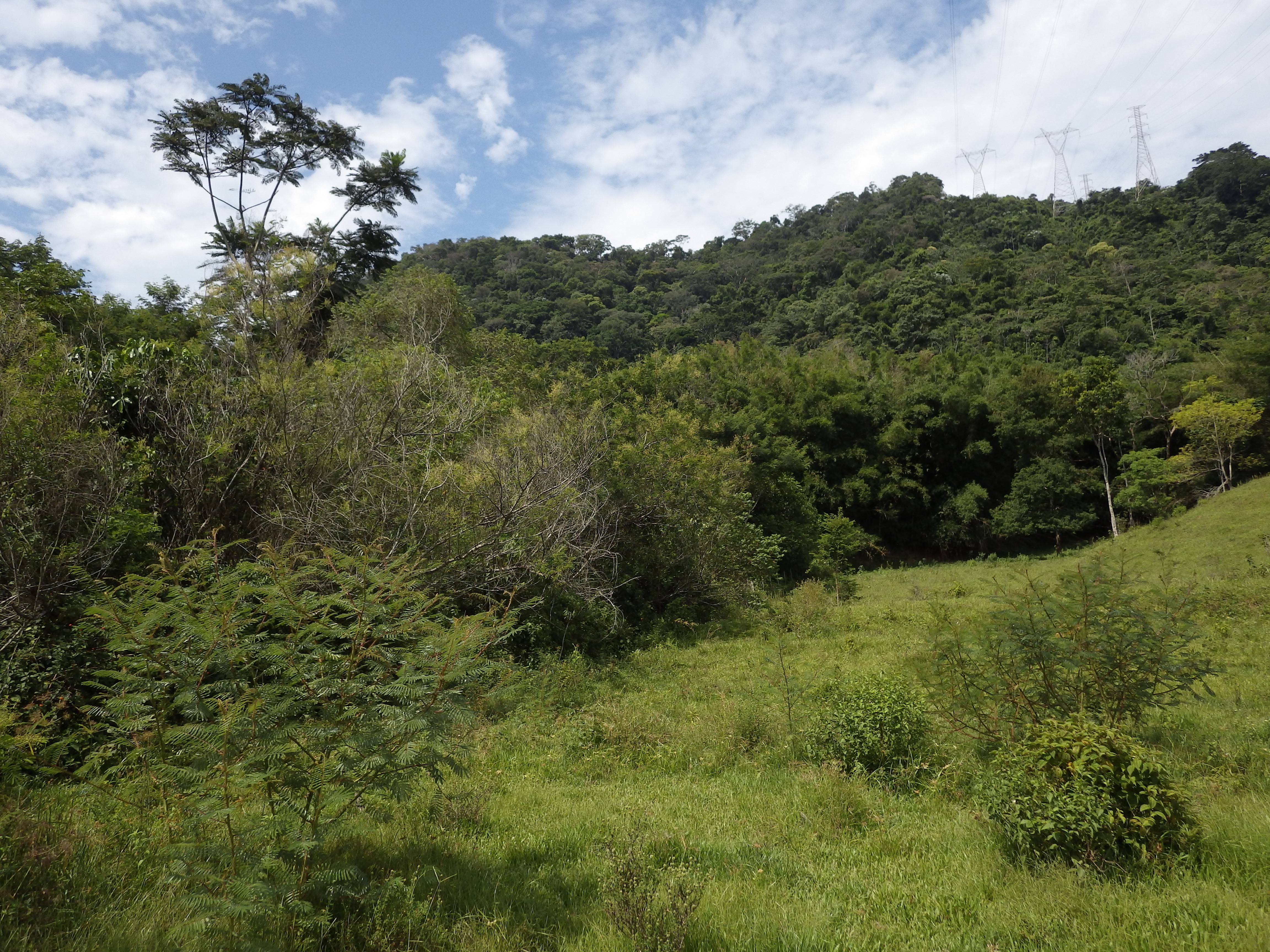By Renato Crouzeilles and Mariana S. Ferreira
Restoration of previously forested land is a global priority, with more than two billion hectares identified as potentially suitable for forest restoration. Billions of dollars have been spent on ecological restoration methods, technology and knowledge capacity to achieve effective restoration outcomes. The ecological drivers underpinning the success of ecological restoration, defined as a return to a condition used as a reference, remain unclear. Yet knowledge of such drivers is urgently required to guide more cost-effective restoration actions on the ground.
A recent paper published in Nature Communications by Crouzeilles and collaborators have filled this gap for the first time by identifying the main ecological drivers of forest restoration success, at both the local and landscape scale. The authors conducted a literature review and gathered the most comprehensive dataset to date on restoration of forest ecosystems. This dataset encompasses 269 primary studies, 221 study landscapes, 53 countries, six geographic regions, and contains 4,645 comparisons between reference systems and either restored or degraded systems. The dataset is available as a Data paper in Ecology. This dataset permitted the authors to identify the main ecological drivers of restoration success for five taxonomic groups (birds, herpetofauna, invertebrates, mammals, plants) and five vegetation structural variables (biomass, cover, density, height and litter) related to ecological succession.
The main ecological drivers of restoration success were the time elapsed since restoration began, disturbance type and landscape context. The time elapsed since restoration began strongly drives restoration success in secondary forests, but not in selectively logged forests (which are more ecologically similar to reference systems). Landscape restoration will be most successful when previous disturbance is less intensive and habitat is less fragmented in the landscape. Thus, stakeholders should consider spending resources on restoring areas with an intermediate degree of disturbance.
The meta-analysis also revealed that forest restoration enhances biodiversity by 15–84% and vegetation structure by 36–77%, compared to degraded ecosystems, but that biodiversity is 10–26% and vegetation structure is 16–42% lower in restored than in reference systems, respectively. Because restoration does not result in full recovery of biodiversity and vegetation structure, primary forests will continue to be irreplaceable for the maintenance of biodiversity. However, over longer periods of ecological succession, the complementary value of restored forests to existing primary forests will increase, thus providing a strong rationale for continued investment in landscape restoration initiatives.
REFERENCES:
PHOTO CREDIT: 3 year old restoration of a forest corridor at Fazenda Dourada, adjoining Reserva Biológica União, Rio de Janeiro, Brazil. Photo by Robin Chazdon


